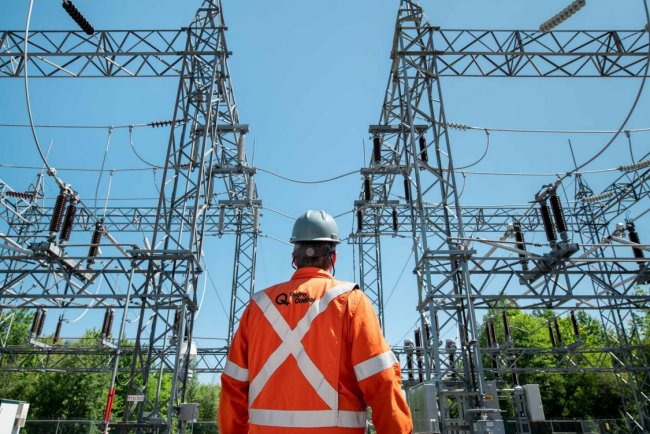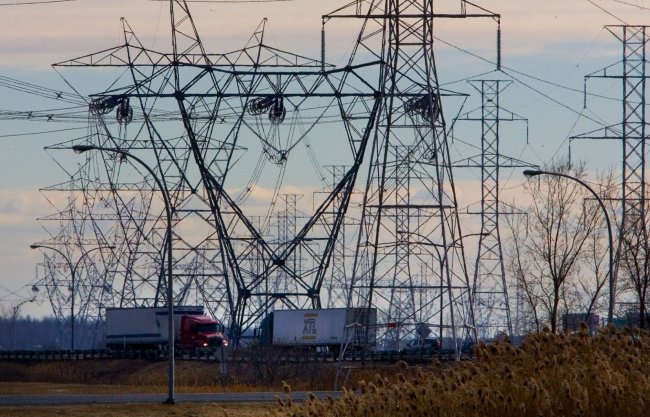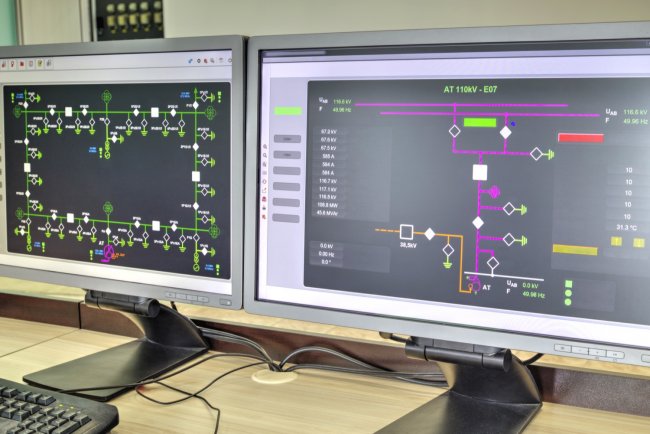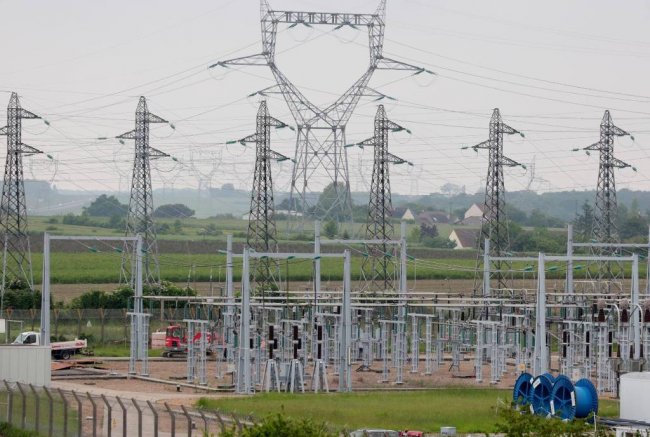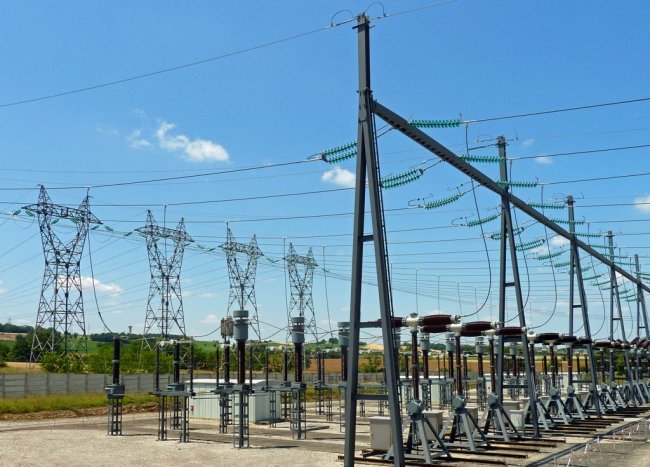Cybernetics of electrical systems
Cybernetics of electrical (electrical) systems — scientific application of cybernetics for solving problems with electrical energy systems, regulating their regimes and identifying technical and economic characteristics in design and operation.
Individual items electrical systems, interacting with each other, have very deep internal connections, which does not allow the system to be divided into independent components and, when defining its characteristics, change the influencing factors one by one. Such a complex system, considered as a whole, has new qualities that are not inherent in its individual elements.
An electrical system in any mode and during the transition from one mode to another, it has the following general characteristics characteristic of any cybernetic systems:
-
the presence of a control goal or algorithm;
-
interaction of the elements of the system with the external environment, which is a source of random disturbances (shocks from consumer load, systematic and non-systematic changes thereof, random voltage fluctuations, atmospheric disturbances on transmission lines);
-
the need to find conditions for optimality of the system;
-
control of system processes based on collection, transmission, reception of information and its subsequent processing;
-
process regulation based on feedback principles.
According to research methodology, an electrical system should be considered as a cybernetic system, since its study uses generalizing methods: similarity theory, physical, mathematical, numerical and logical modeling.
Cybernetics tends to approach the systems under study as self-organizing systems connected in some way to their environment.a series of feedback loops. Transmission and processing of information, finding a definition of common features of structures in various phenomena and the use of similarities and modeling methods are characteristic of cyberneticseskoy system in its general definition and for an electrical system in particular.
V electrical system as a cybernetic system, the following components can be distinguished: diagram, information, coordinates and function.
The diagram reflects the structure of the management system and consists of elements. Between them there are definitions. nanny communications that provide the processing of information and the reverse influence on the state of each element to determine and direct its way of working correctly.
V electrical system has such a scheme that determines the mutual connection of energy sources and elements that transmit and process it, as well as elements that in turn transform electricalEat energy into consuming installations.
Control of an electrical system is carried out on the basis of the received information, that is, the collection of information about the mode of all its elements, the transmission of this information and their subsequent rapid processing.
It is necessary to receive information about the mode of all energy production installations (turbines and boilers), about the state of consumers, which are practically unlimited ennoe number. This raises the problem of selecting the necessary information, accounting with reasonable (sufficient, but not excessive) accuracy of changes in the character characteristics of equipment with both mode deviations and over time.
State electrical system characterizes the coordinates, the parameters of the system elements (active and reactive resistance, patient transformation coefficient, nominal other power and voltage, etc.) and the parameters of its mode (current, voltage, frequency, active and reactive power, etc.).
By receiving information about the value of the parameters (coordinates), the control system can, in accordance with its functional properties, influence itself and, with the help of certain devices, self-manage.
A self-governing electrical system requires algorithmization — a mathematical description that allows you to find a function according to the information scheme and the coordinates of the real characteristic of the electrical system.
In order to clarify the parameters of the electrical system elements and improve the mathematical description of the processes, it is necessary to conduct experiments using the methods of similarity theory and physical modeling.
During the design, based on economic and technically justified considerations, it is necessary to determine the optimal realistic placement of stations in the projected system, to take into account all factors of the cost of the generated energy, investment efficiency, to establish the influence of a given location of the stations and their type, to take into account the issues of the reliability of the system as a whole, the costs of energy transmission and weigh all the competing options to find the best option for creating power systems, taking into account the development over time.
The algorithm must foresee the construction of such a system, so that Paradise will automatically check a huge number of possible solutions and by performing optimization will find the best option.
When solving operational problems, certain elements are set - boilers, turbines, generators, transmission lines and loads. It is required at any given moment of time to ensure such a mode of the system, for the daoThis would give the greatest efficiency, the correct quality of electric energyeskoy energy from the user and sufficient (but not excessive) reliability of the system.
YES Cybernetics of electrical systems is important in the methodology of the escom connection, as it systematizes and summarizes the approach to studying various processes in the electrical system, looking for something in common.
The above tasks should be solved cybernetics of electrical systems divided into several parts:
-
similarity theory and phi modelingzicheskih phenomena, showing how in each fizizisiescom phenomenon, find the most common characteristics, how to set up an experiment in electrical systems and their elements and how to process physical data experiments or partnermatic calculations;
-
applied mathematician settlements to study modes of electrical systems and their economies. Questions about property survey methodology are explored. electrical systems and various processes occurring in them.
-
information theory of systems modes. This includes the study of ways to obtain information from the system about its operation in the norm-allied mode, when only various small deviations appear in the system. In order to control and regulate the system, you need to have a certain knowledge of these deviations so that the appropriate control devices react appropriately to this "breathing of the system". Ways to obtain harcharacteristic processes during accidents and the possibility of transmitting such "emergency information" are being studied, indicators are being studied, with the help oftorykh can be provided with optimal other operating conditions of the system with the required energy quality and sufficient reliability of the system;
-
mode theory of an automatically controlled complex system.He studies the actual cybernetikaeskie methods of system management. Without affecting the design issues of certain regulating and control devices, methods for such use of information are studied. otory will provide the best methods of regulation and control, including self-adjustment and self-management of installations . Adjacent to this section is the fifth section, cybernetics of electrical systems, devoted to enlightening the interaction of a person and an automaton at various stages of system automation.

